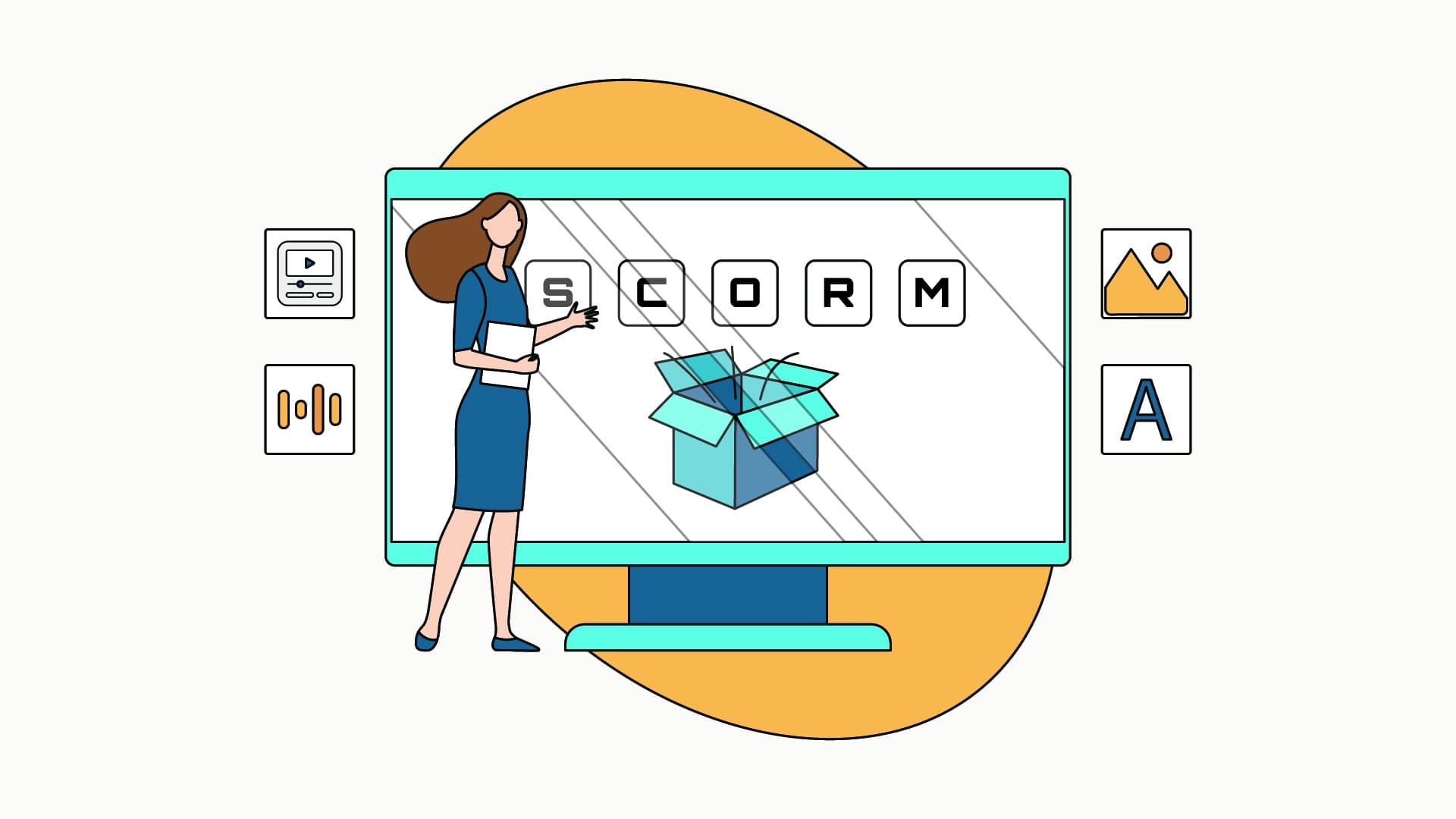Distance learning: advantages, disadvantages
La distance learning proved to be particularly useful at the onset of the health crisis. It has many advantages: we work in an environment that is ours familiar, you learn to manage your time (more than flexibility, flexibility...)
Distance learning also makes it possible to gain autonomy, in statehood And in responsibility.
However, distance learning also has some disadvantages. Which ones are they?
La Temptation to procrastinate is great when you train in teleworking (and it's worse in the context of Workation !) Distance learning can therefore be difficult for learners who have trouble concentrating and have a habit of procrastinating.
Another disadvantage, and not the least: the lack of human contact in distance education, andpeer interactions. Unfortunately, distance learning can promote the feeling ofseclusion And of solitude.
Opt for face-to-face training?
La face-to-face training has the advantage that it allows the various learners to benefit from real contact with the trainer: this promotes customizing tracking And the direct returns. The needs of the learner can be met instantly in contact with the trainer.
Moreover, the group lessons provided to learners give them the opportunity to co-building their knowledge together and to solidify their knowledge in a logic ofsocial learning.
Face-to-face pedagogy can therefore be more motivating than distance learning.
But like distance learning, this mode of learning also includes some disadvantages. Taking a face-to-face course involves having a fixed training schedule with little variation in hours. In addition, this learning mode induces displacements, which may be, in the long run, enough Energy-consuming for your learners.
Face-to-face, remote: the benefits of Social Learning
Social Learning makes it possible to meet the different needs of learners in terms of work organization, flexibility and peer interactions.
Among the various learning methods that exist, Social Learning is a pedagogical method that we opposed to traditional training in which learners develop their knowledge on a mode Relatively passive.
Social Learning provides an opportunity to learn In contact with others, thanks to others and this training method can Also be distant in a logic of Digital learning.
As it became more and more popular, the social aspect of learning has encouraged the transformation of the tools of elearning that is used for professional learning. Since e-learning did not promote interactions at the beginning, we found another way for learners to no longer be passive but truly active in their learning process. In connection with the digital revolution, this imperative is undoubtedly what has encouraged the evolution of e-learning. Of digital solutions were created in order to adapt to the social challenges of pedagogy, in connection with collaborative functionalities that allow the learner to become more involved through interactions between peers and with the tutor. Many digital and collaborative tools exist in this sense.
Among them, The virtual classroom. It makes it possible to bring together learners from all backgrounds for a defined learning period. The trainer can thus Share your screen, its various documents while making the training distance lively and attractive. One Collaborative chat is also available.
La platform LMS (Learning System Management) makes it possible, for its part, to ensure the monitoring of training actions. It centralizes all the information necessary for learning. It provides an opportunity to meet the needs for social interactions and Breaking with isolation.
Whether it is distance learning or not, Social Learning is a motivating and engaging learning resource.




